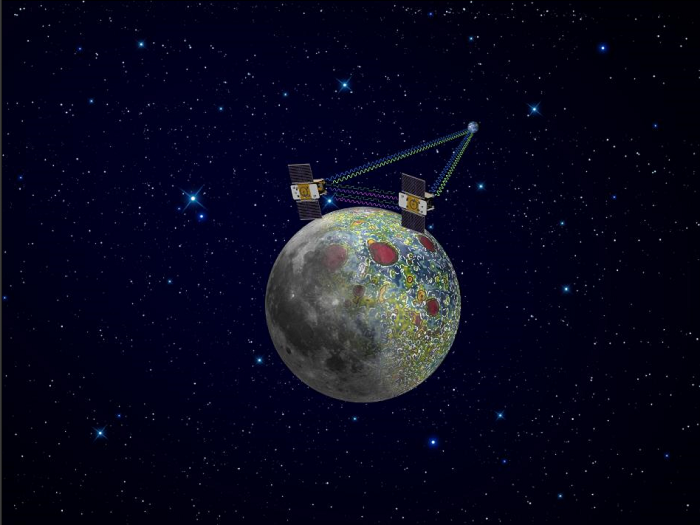NASA's Twin GRAIL Spacecraft Set to Measure Moon's Gravity

NASA is gearing up for Thursday’s launch of its twin lunar orbiters that will map the moon's gravity in unparalleled detail.
The twin lunar probes, Graili-A and Graili-B, are scheduled to lift-off Thursday, Sept. 8 between 5:37 a.m. and 6:16 a.m. (Arizona time) from Cape Canaveral, Florida.
Once launched, the two washing-machine sized aircrafts will embark on a long, tortuous three-and-a-half-month trip to the moon. The Saturn V rocket, which was used to carry NASA's Apollo astronauts, covered the 240,000 miles to the moon in just three days.
However, the small Delta II rocket used to boost the GRAIL twins will take longer but is more economical. The GRAIL spacecrafts will travel more than 2 million miles to get to the moon. The twin probes will travel via the Sun-Earth Lagrange Point 1, a gravitationally stable spot between our planet and the sun. This route is energy-efficient and thus helps keep the $496 million mission's costs down, researchers said.
Although the two spacecrafts will be launched together, they will separate an hour into the flight and travel independently to the moon.
The two probes will reach the moon on New Year's Day where they will begin to probe the moon's composition from the crust down to the core. The data will be used to better understand the moon's evolution and formation, according to NASA.
Researchers will also use the twin probes to pinpoint the best landing sites for future explorations.
Despite having 109 missions to the moon and having men walk on it, Earth's only satellite still has many secrets scientists want to discover. The moon's formation still baffles scientists and its far side is still largely unexplored.
The mission will reveal clues not only into the history of the moon and Earth, but will provide important data for future lunar exploration, said GRAIL principal investigator Maria Zuber of MIT in a statement.
The twin Grail probes will orbit the lunar poles and will end up circling the moon's surface. The two spacecrafts will chase each other around the moon, in formation, for three months.
The spacecrafts will transmit radio signals precisely defining the distance between them. Radio signals traveling between the two spacecrafts will provide scientists the exact measurements required also the flow of information will not be interrupted when the spacecrafts are at the lunar farside, not seen from Earth.
We measure the velocity change between the two spacecraft to a couple of fractions of a tenth of a micron per second. It is an extremely accurate measurement that has to be made, Zuber said.
The mission also will answer longstanding questions about Earth's moon, including the size of a possible inner core, and it should provide scientists with a better understanding of how Earth and other rocky planets in the solar system formed.
© Copyright IBTimes 2024. All rights reserved.





















